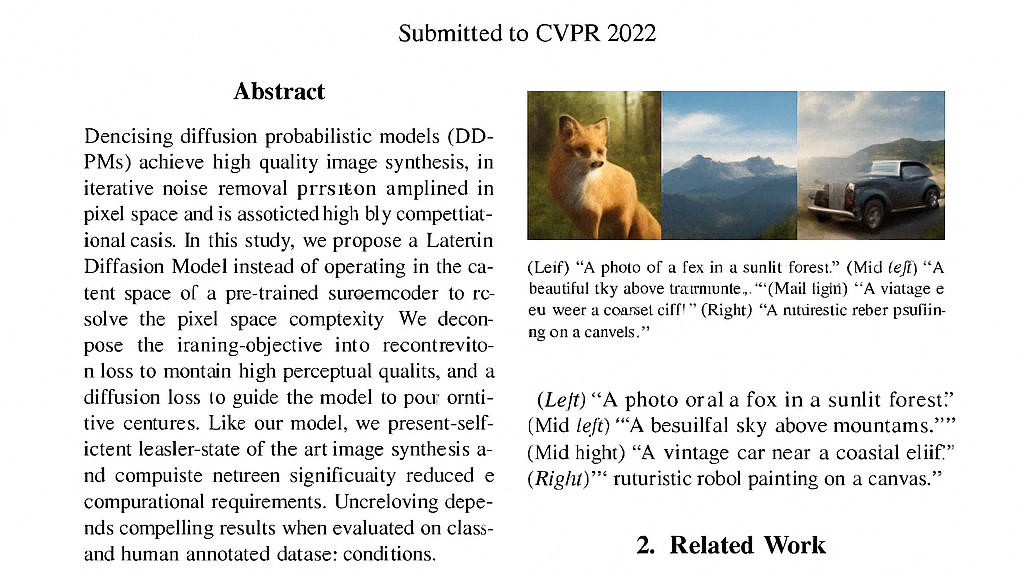
The paper titled "Deep Learning Reproducibility and Explainable AI (XAI)" by A.-M.
Hardware acceleration, while significantly boosting the speed of AI model inference, can introduce subtle sources of…
General
Legal
Technical
Links
Policies
Copyright © 2025 Boundless Wisdom, Corp.. All rights reserved. Privacy Notice